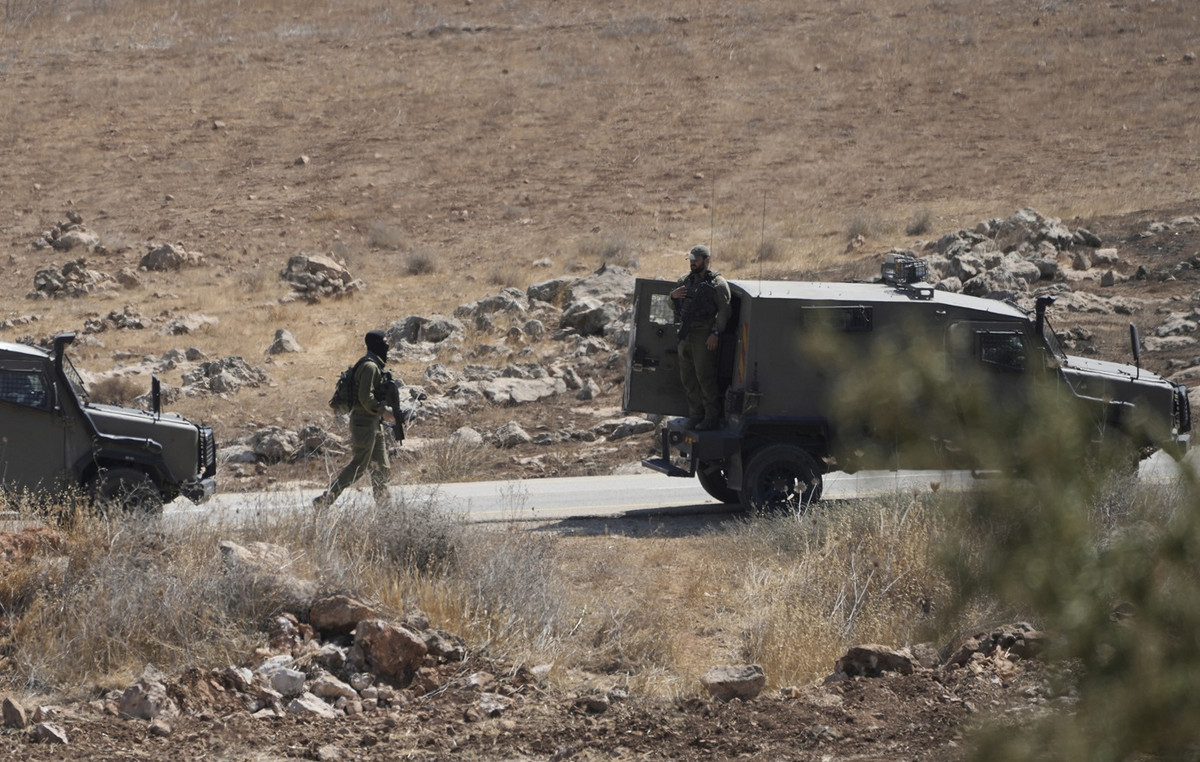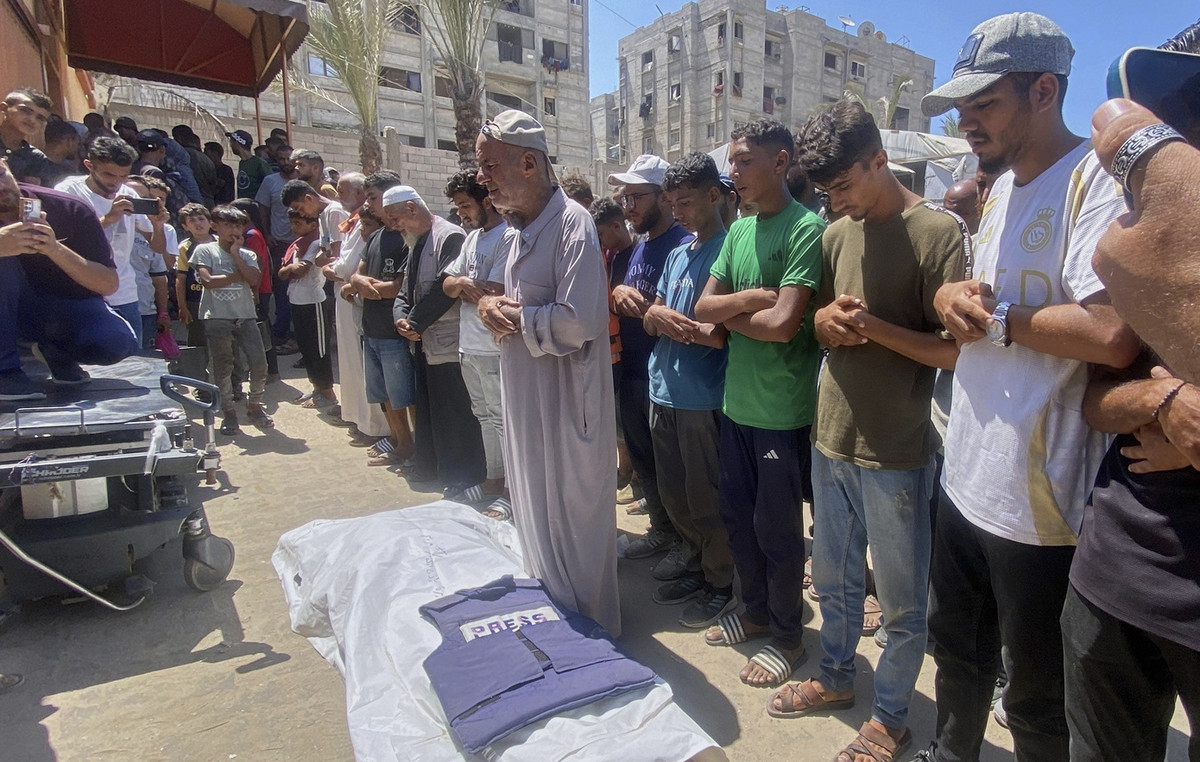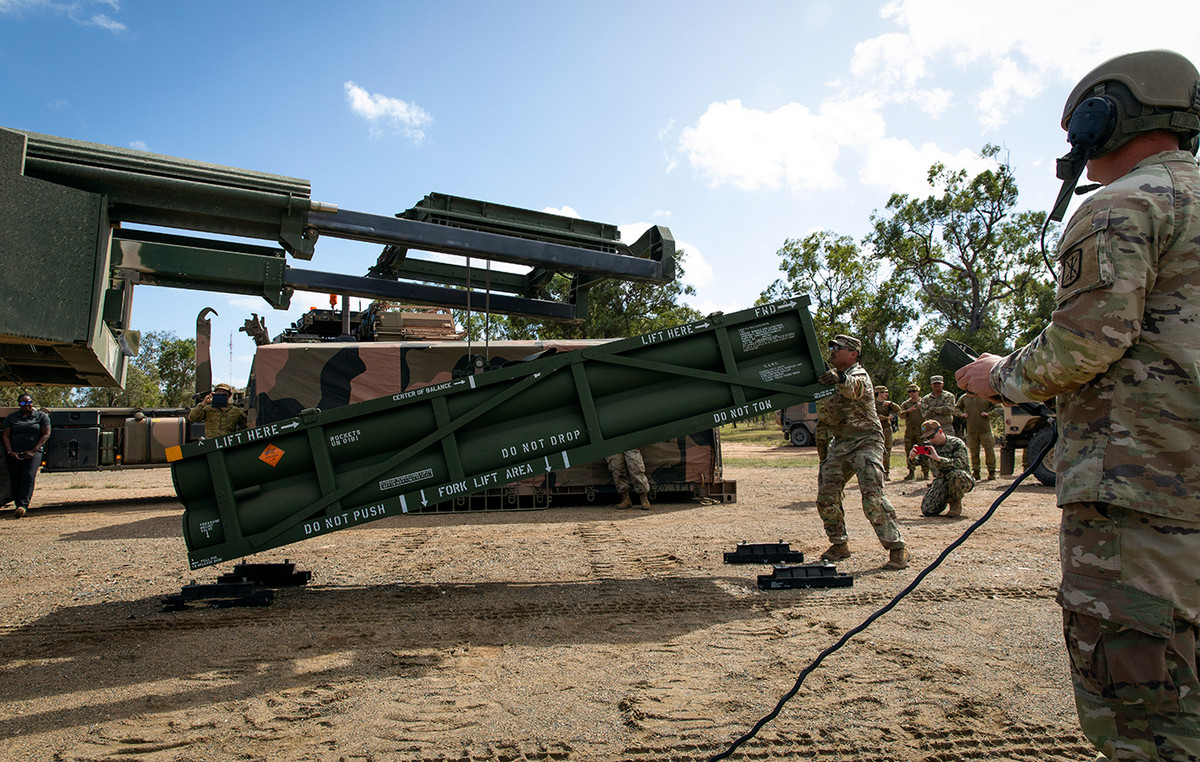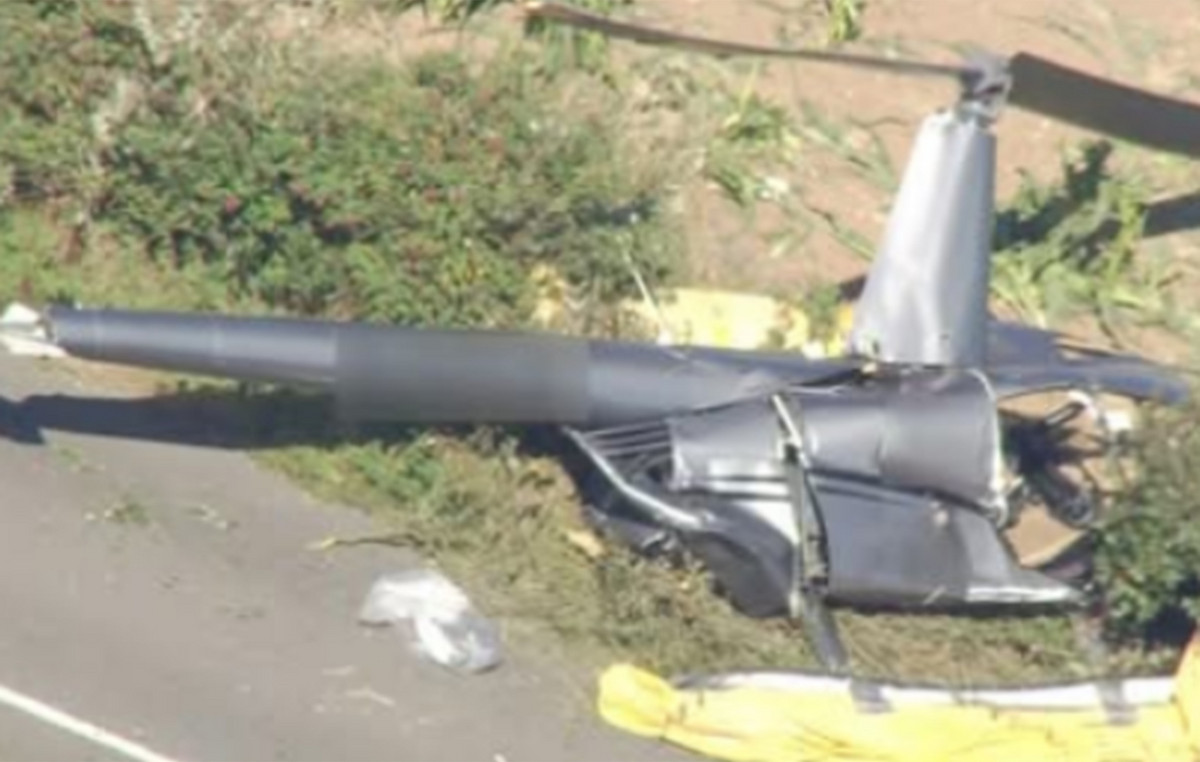In a passage from her autobiography published by Mondadori (by whom else, otherwise?), Fatma Ruffini recalled how Silvio Berlusconi had never stopped her every time she found herself proposing an idea for a new programme, whatever it was Karaoke or Jokes aside. “Face”, was the Knight’s exhortation when a possibility arose that could prove to be a winner or a loser, laying the foundations for a figure and a style that over the years has increasingly taken on the contours of a definition that has entered the common jargon: populism. Silvio Berlusconi’s commercial television tried to do this: intercept the popular taste at any cost. From close-ups of the girls’ culottes to information contaminated by irony and versatility, from the enhancement of soap operas to pure entertainment. All with a style that has remained almost identical over the years, recognizable and identifiable by anyone and which, right now, could open the doors to a complete renewal: will Mediaset be able to carry on the figure inaugurated by its founder or will it undergo a transformation dictated by the times?
Waiting to find out, here are the programs sponsored by Silvio Berlusconi that made history:
Bim Bom Bam (1981-2002)
It is the afternoon program for children and teenagers which marked the transition from the era of private broadcasters to the large networks, considering that Italia 1, the network on which it Bim Bom Bam, was purchased in 1983 by Berlusconi’s Fininvest. Cartoons, sketches with the puppet Uan, and conductors capable of subsequently taking off like Paolo Bonolis.
Dallas (1981-1990)
Aired in the late evening without too much conviction on Rai 1, Fininvest decides to rebroadcast the episodes of the first season of the soap starring JR, becoming one of the biggest television successes of the 1980s.
Maurizio Costanzo Show (1982-2023)
Maurizio Costanzo’s living room at the Parioli theater in Rome established the rules of the television talk show for about thirty years. Well-known and lesser-known guests sitting on the same stage, discussing everything: entertainment and current affairs. Among the characters launched by the show: Vittorio Sgarbi, Valerio Mastandrea, Ricky Memphis and Platinette.
Drive In (1983-1988)
It is the symbolic program of the disengagement of the eighties, seasoned with puns, girls in scantily dressed clothes and by characters such as Ezio Greggio, Gianfranco D’Angelo, Zuzzurro and Gaspare, Giorgio Faletti, Carmen Russo and Lory Del Santo.
The Bullfight (1986-2011)
The amateurs in jeopardy were born on the intuition of Corrado, who brought the program first to radio on Rai from 1968 to 1977 and then, from 1986, to television on Canale 5. The formula remains the same: aspiring talented or totally incapable artists who perform while the audience guzzles or applauds. Among the conductors of the post Corrado era, Gerry Scotti and Flavio Insinna.
The wheel of fortune (1987-2009)
One of the major television quizzes shines thanks to the conduction of Mike Bongiorno, who moved from Rai to Fininvest in the face of a huge success.
Strip the news (1988-present)
After Drive In, Antonio Ricci develops a satirical news program that has partly revolutionized television journalism. The conductors of the first edition were Ezio Greggio and Gianfranco D’Angelo escorted by the “veline”, showgirls so called because initially they brought the veline, ie the news on the sheets, to the conductors.
Pressing (1990-2018)
A talk show about football with space for comedy. From 1991 to 1999 Raimondo Vianello leads it, even if it hosts various protagonists such as Marino Bartoletti, Kay Sandvick, Elenoire Casalegno, Antonella Elia and Teo Teocoli.
It’s not Rai (1991-1995)
The program born from an idea by Gianni Boncompagni soon becomes one of the most controversial in the history of TV. Winking teenagers who dive into the pool make the show led by the authors to the delight of the male audience. Many well-known faces that would soon break out: from Ambra Angiolini to Claudia Gerini up to Sabrina Impacciatore.
Karaoke (1992-1994)
It is here that Rosario Fiorello gets the maximum visibility. It does so through a program that has had a hard time getting into gear, but which has allowed Italy not only to gather in the square and on the sofa to sing, but also to allow Italians to get on stage and do the show to have their own minute of glory.
Big Brother (2001-present)
The first reality show on Italian TV lands in front of the curiosity of the public who begin to get passionate about life and the interactions of very normal people forced to share a house spied on by the cameras 24 hours a day. The presenter of the first edition was Daria Bignardi, while over the years the program has brought out several well-known faces such as Luca Argentero, Ilenia Pastorelli, Pietro Taricone, Marina La Rosa and Rocco Casalino.
Source: Vanity Fair
I’m Susan Karen, a professional writer and editor at World Stock Market. I specialize in Entertainment news, writing stories that keep readers informed on all the latest developments in the industry. With over five years of experience in creating engaging content and copywriting for various media outlets, I have grown to become an invaluable asset to any team.







